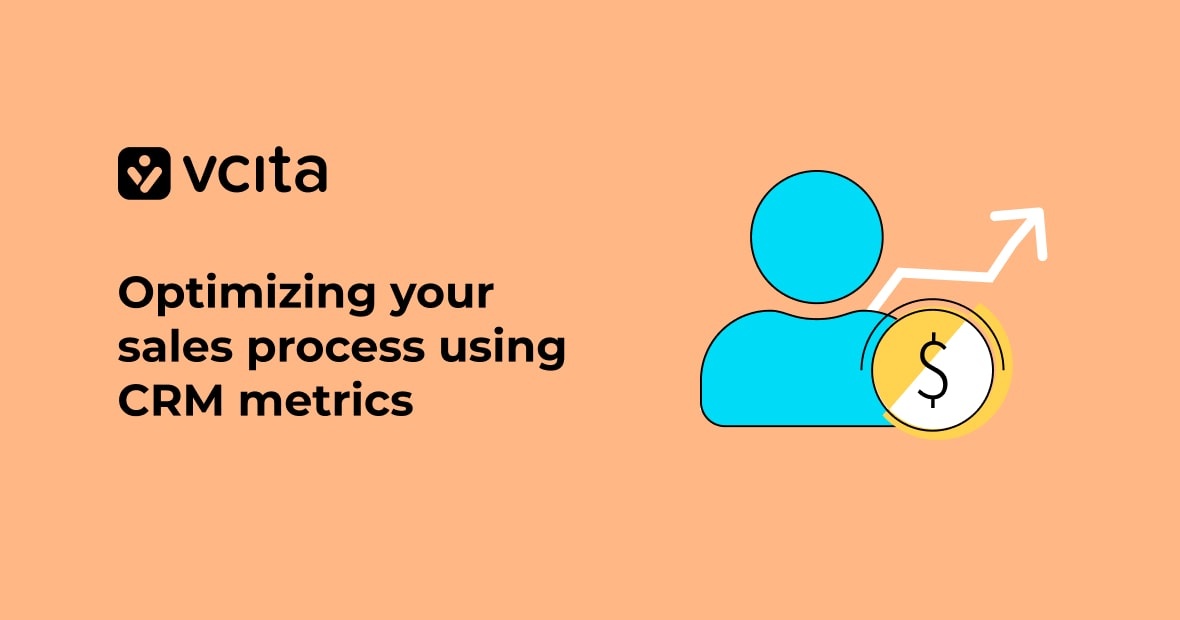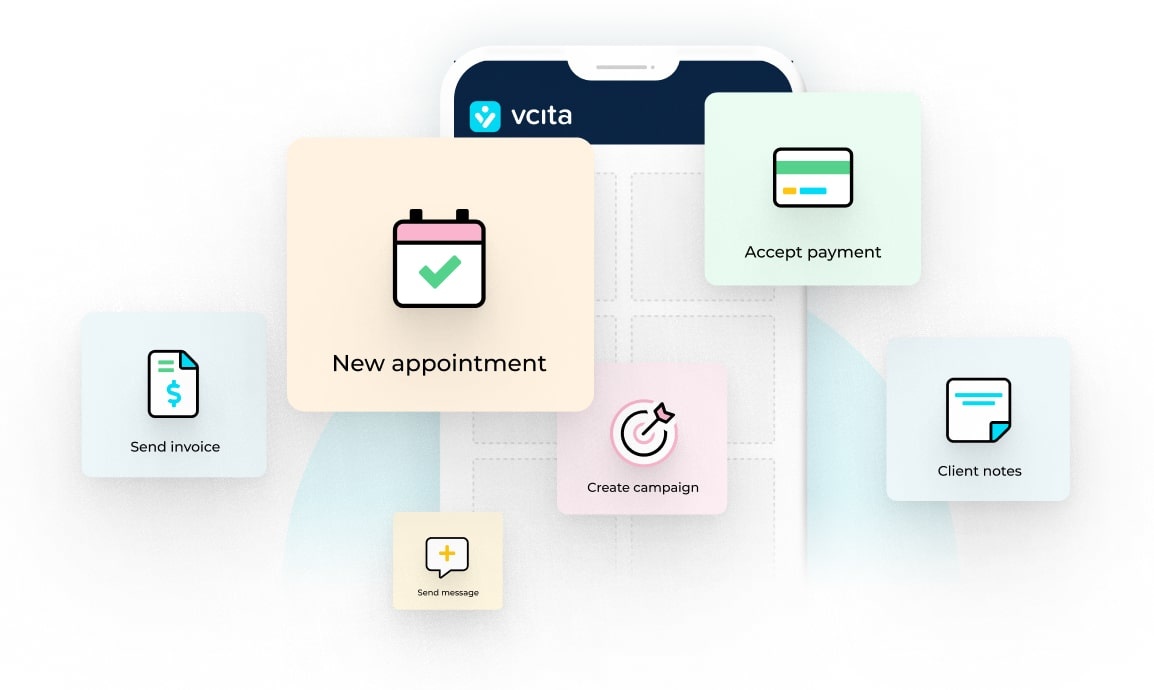CRM Metrics: the key to optimizing your sales process
Ever wonder how top sales teams consistently crush their goals? The secret lies in CRM metrics. Your sales pipeline holds a wealth of valuable information about how customers move through the buying process. When you tap into that data, you can spot opportunities, fix roadblocks, and keep customers engaged at every stage of the customer journey. Ready to supercharge your sales process? Let’s dive into the essential CRM metrics that’ll transform your business and keep customers engaged long-term.
Main insights:
- CRM metrics optimize your sales process by identifying pipeline bottlenecks, improving customer conversion rates, and boosting revenue growth.
- Essential CRM metrics to track: Net Promoter Score (NPS), Close Rate, Customer Lifetime Value (CLV), Traffic-to-Lead Conversion Ratio, and Customer Acquisition Cost (CAC).
- Improve marketing ROI by leveraging CRM data to allocate resources more efficiently and measure campaign effectiveness.
- Enhance customer engagement and loyalty through personalized, data-driven interactions informed by CRM analytics.
- Align sales, marketing, and customer service teams with unified CRM insights for better collaboration and increased profitability.
- Reduce customer acquisition costs (CAC) by focusing on high-value customer segments identified through CRM data.
- Increase customer lifetime value (CLV) by using CRM insights to uncover cross-selling and upselling opportunities.
Understanding the importance of CRM metrics
CRM metrics are the compass guiding your sales process towards success, providing invaluable insights into customer behavior, sales pipeline health, and marketing ROI. By harnessing the power of your CRM data, you can grow smarter and build stronger customer relationships.
Let’s take a look at some of the benefits of tracking and analyzing CRM metrics.
Illuminating customer insights
CRM metrics shed light on how customers interact with your product or service. By analyzing them, you’ll gain a deeper understanding of your customers’ journey, from initial contact to long-term loyalty. This knowledge empowers you to tailor your approach, ensuring customers stay engaged and satisfied throughout the sale cycle.
Optimizing your sales pipeline
Your sales pipeline is the lifeblood of your business. CRM metrics allow you to monitor its health in real time, identifying bottlenecks and opportunities for improvement. With this information at your fingertips, your sales teams can make data-driven decisions, streamline the sales process, and close deals more efficiently.
Maximizing marketing ROI
Marketing campaigns are investments, and CRM metrics help you measure their returns. By tracking metrics like customer acquisition cost (CAC) and customer lifetime value (CLV), you can allocate your resources more effectively, ensuring your marketing efforts are not just creative, but also cost-effective.
Fostering customer loyalty
You can use CRM metrics to gauge customer satisfaction and loyalty. By regularly monitoring and acting on this feedback, you can address issues promptly, enhance your offerings, and turn satisfied customers into brand advocates.
Driving business growth
Analyzing CRM metrics can help you make informed decisions that drive your business forward. Whether it’s identifying upsell opportunities with an existing customer or refining your marketing, sales, and customer service strategies, CRM metrics provide the roadmap for sustainable, long-term success.
Essential CRM metrics to track for business growth
If you’re not sure where to start with CRM metrics, focus on the ones that offer the clearest view of your sales process, customer relationships, and marketing effectiveness. Tracking these key metrics will help you optimize your sales pipeline, boost revenue, and build lasting customer loyalty.
Net promoter score (NPS)
Net Promoter Score (NPS) shows how likely customers are to recommend your product or service to others, a strong indicator of satisfaction and brand loyalty.
To calculate NPS:
- Survey customers on a scale of 0–10.
Group responses into Promoters (9–10), Passives (7–8), and Detractors (0–6).
Subtract the percentage of Detractors from Promoters.
A high NPS signals that customers interact positively with your brand, making referrals and repeat business more likely.
Close rate
Close rate measures how effectively your sales team converts leads into paying customers.
Calculate it by dividing the number of closed deals by the number of total leads over a set period. A strong close rate suggests that your sales process is working well and that your CRM system is being used to its full potential.
Traffic-to-lead conversion ratio
This ratio shows how efficiently your website turns visitors into leads.
Divide the number of leads generated by the total number of website visitors. A low traffic-to-lead ratio could point to issues with your website’s user experience, messaging, or calls-to-action.
Customer lifetime value (CLV)
Customer lifetime value (CLV) estimates the total revenue a customer will generate during their relationship with your business.
Tracking CLV helps you prioritize customer retention, identify opportunities for upselling and cross-selling, and focus on strategies that maximize long-term profitability.
Customer acquisition cost (CAC)
Customer acquisition cost (CAC) measures how much you spend to acquire a new customer, including marketing and sales expenses.
When you compare CAC to CLV, you can gauge whether your customer acquisition efforts are sustainable and profitable.
Sales cycle length
Sales cycle length is the average amount of time it takes to move a prospect from initial contact to a closed deal.
Tracking this metric helps you identify delays or bottlenecks in your sales process — and find opportunities to speed up decision-making and close deals faster.
Customer churn rate
Churn rate measures the percentage of customers who stop buying from you over a given period.
A rising churn rate is a red flag for potential customer satisfaction issues. By monitoring churn, you can address problems early, improve retention strategies, and keep your customer base strong.
Applying CRM data to drive growth
Once you start tracking the right CRM metrics, the next step is putting that data to work. Here’s how you can use CRM insights to strengthen your sales pipeline, improve customer relationships, and drive sustainable growth.
Optimize your sales pipeline
A strong sales pipeline is essential for sustainable business growth. CRM software makes it easier to manage every stage of the customer journey by centralizing information, tracking leads, and streamlining follow-ups. With real-time visibility into your pipeline, you can prioritize high-value prospects, spot bottlenecks early, and make smarter decisions that keep deals moving forward.
CRM data also reveals important trends over time. By analyzing patterns, you can uncover seasonal shifts in CAC, identify opportunities for upselling and cross-selling, and refine your approach to maximize revenue.
Improve the sales process
CRM metrics give you a clearer picture of how your sales process is performing. Tracking key indicators like conversion rates, sales cycle length, and average deal size helps you understand what’s working and what isn’t. Analyzing CLV alongside CAC shows you where your marketing investments are paying off, so you can double down on your most effective strategies.
By staying close to the numbers, you can fine-tune your sales tactics, allocate resources wisely, and drive more revenue with less guesswork.
Enhance customer engagement
Your CRM system tracks how customers interact with your brand across every channel. Analyzing this data gives you the insights needed to deliver more personalized experiences, from targeted email campaigns to timely product recommendations.
Modern CRM technology also supports real-time notifications and automated workflows, helping your team respond quickly to customer actions. The result is a more seamless, engaging experience that keeps customers connected throughout the entire sales cycle.
Boost customer lifetime value
The deeper you understand your best customers, the easier it is to turn one-time buyers into long-term loyalists. CRM metrics help you identify behaviors and preferences that lead to repeat purchases, allowing you to replicate those patterns across your broader customer base.
Cross-selling and upselling strategies also become more effective when guided by CRM data. Offering relevant add-ons or complementary services at the right time boosts average order value and keeps customers coming back for more.
Reduce customer acquisition cost
Reducing CAC isn’t just about cutting costs; it’s about getting smarter with your resources. CRM metrics help you pinpoint your highest-value customer segments and target them more effectively, improving conversion rates and making every marketing dollar go further.
By analyzing campaign performance in real time, you can optimize your ad spend, focus on the strategies that work best, and eliminate wasteful efforts. A streamlined sales process also helps lower CAC by shortening the sales cycle and improving win rates.
Align marketing, sales, and customer service
CRM data breaks down barriers between teams, creating a more unified approach to the customer experience. Marketing can use CRM insights to generate higher-quality leads, sales can tailor their outreach based on buyer behavior, and customer service can deliver faster, more personalized support.
When marketing, sales, and service are aligned around shared CRM metrics, it’s easier to spot new opportunities, respond to customer needs, and build a growth engine that lasts.
The bottom line: CRM metrics drive sales success
Your CRM data is a goldmine for optimizing your sales process. By tracking essential CRM metrics, you’ll gain invaluable insights into how customers interact with your business. Analyzing these numbers helps refine marketing campaigns, shorten sales cycles, and keep clients engaged long-term.
Don’t let this powerful tool go to waste, start leveraging your CRM system today to boost customer lifetime value, reduce acquisition costs, and improve your net promoter score. With real-time insights at your fingertips, you’ll empower sales teams to work smarter, not harder.




























